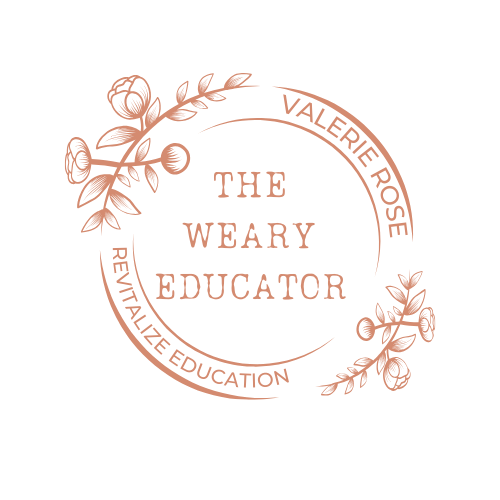Here are 6 reasons why you should take community college courses in high school. Also called, dual enrollment, these classes can help you get an edge on your university goals!

Why Should You Take Community College Courses in High School?
You should take community colleges courses in high school because one of the ways colleges assess students is based on their ability to complete difficult coursework. Parents and guardians try to ensure they provide everything to succeed. Everyone wants to get a leg up on their student’s college education. Test scores, GPA, and extracurricular activities are essential to getting into that dream college. Taking community college courses in high school helps many students achieve their goal of getting into a top tier university.
While there are many different paths toward achieving the goal of attending your dream school, taking community college courses in high school is one way to boost your chances of approval.
1. What are community college courses in high school?
Local community colleges offer dual enrollment for high school students. These programs allow students to earn college credits while still in high school, saving thousands of dollars in tuition and fees. Taking community college courses in high school also saves you time! But despite the benefits, many students are not taking community college courses in high school.
2. An Array of Courses

Community colleges offer an array of classes. These classes can help students diversify their application or find coursework to boost their skill sets.
Students can also take courses that will satisfy their future requirements in university. For example, U.C. Berkeley requires a Shakespeare class. I took it at community college before I transferred. It fulfilled the coursework beforehand and freed up my schedule later. I also saved money.
Students who take community college courses in high school are better prepared for university.
3. Is It Less Prestigious?
There is the perception that community college is not as prestigious as four-year colleges and universities. This perception is not entirely accurate. I think the community college system in California is one of the hidden gems of living in here. I went to SIX community colleges before attending U.C. Berkeley. I took everything I wanted to take – community college allowed me time to sort out what I wanted for my future while still ensuring I was learning everything I needed to attend a prestigious public university.
In my experience community colleges vary, but many offer quality education and have advantages, including lower tuition costs, smaller class sizes, and more flexible schedules. Taking community college courses in high school students to experience a taste of the expectations and culture of university life.
Taking a community college English course, for example, would easily be more difficult than taking a high school level course. Students capable of handling that level of English would surely be capable of successfully completing state tests.
4. Dual Enrollment Courses
Some high schools may not have the resources to offer dual enrollment courses or may not encourage students to participate in early college programs. If you experience this issue with your school, contact your local community college. They may have a solution for you.
In addition, courses count for more points than regular high school courses. Last year my niece had a 5.0 because she took several community college courses.
5. Creating Partnerships

Sometimes schools do not know how to accept community college credits or do not know the programs exist. Addressing this issue may require more funding for schools and districts to support early college programs and professional development opportunities for high school teachers to learn how to teach dual enrollment courses effectively.
However, universities do accept community college coursework. You might still need to take your core coursework through high school but may still acquire credits for university through community college.
My roommate at U.C. Berkeley graduated high school with 2 A.A.s before graduation. She started university with upper division coursework, allowing her to triple major.
6. A Taste of College

College can be a daunting experience for anyone, but it can be particularly intimidating for high school students who have never been to college. This fear can be addressed by providing students with the resources and support they need to succeed in early college programs.
Successful students in these early college programs demonstrate to university admissions the student’s seriousness and readiness for serious study. Not to mention, it helps to have a recommendation from a community college professor, especially if they are someone in the field of study the student wishes to join.
Requirements For Taking Community College Courses in High School
Many community colleges require high school students to show a 3.0 GPA or higher to apply. Students may be discouraged from applying if they don’t meet GPA or test score requirements for early college programs.
However, some community colleges offer alternative pathways to enrollment, such as placement tests or interviews, or getting caught up in credits. For students who don’t meet eligibility requirements. Check with your local community college for details.
Conclusion

Early community college enrollment is an excellent opportunity for high school students to get a head start on their college education, save on tuition costs, and provide students with a taste of college life. It may also alleviate the pressure to balance equity and achievement for students.
Community colleges also offer an array of courses for high school students. Students who are unsure of their major can try different types of classes. Students can take courses to fulfill the requirements for university.
Completing necessary coursework early college programs may also provide the advantage students need to get into their dream college.







4 Essential Ways to Harness the Power of Language Registers - The Weary Educator
[…] office jobs require customer service skills, business English, and often use technical language. Children who are not regularly exposed to […]